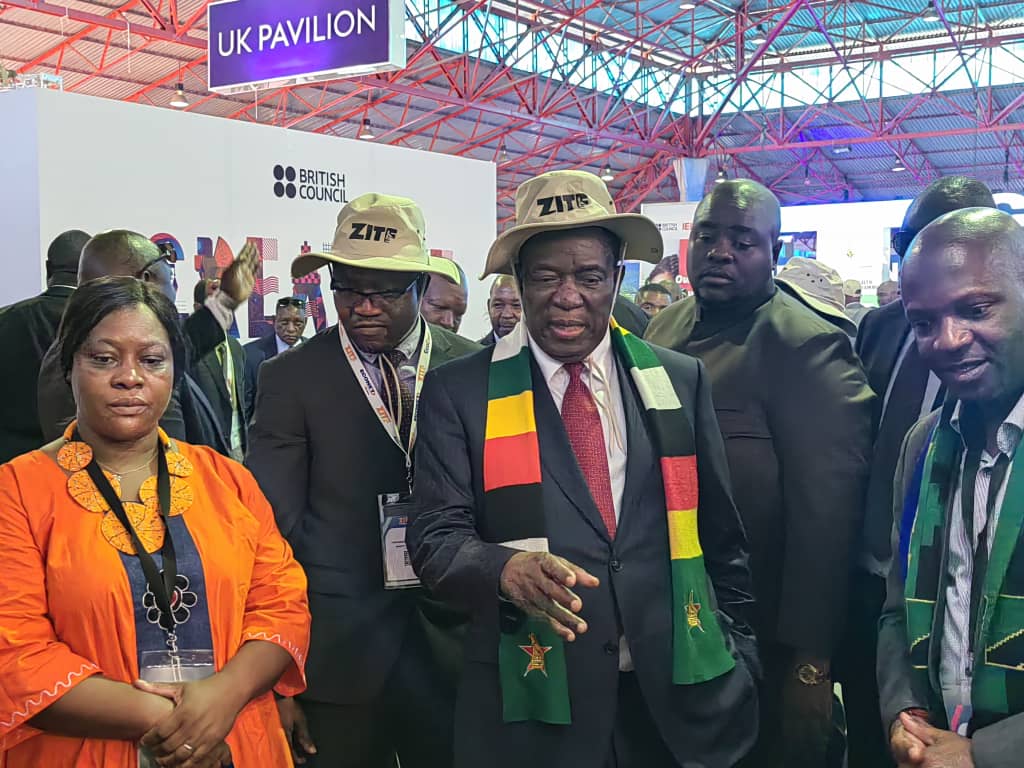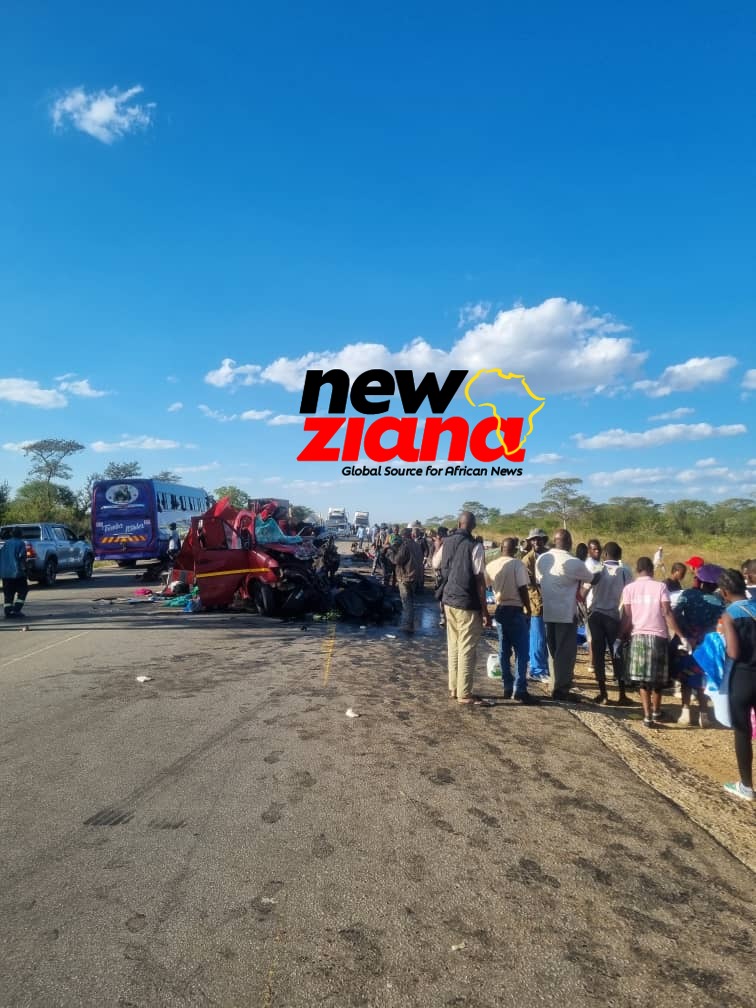Average national dam level drops to 76.1 percent
Share

Harare (New Ziana) – The Zimbabwe National Water Authority (ZINWA) has said as of Wednesday, the national dam level average had dropped to 76.1 percent compared to 80 percent during the same week last year.
It said this does not however create a crisis, as water held in the dams supplying places with raw water have enough of the precious liquid to last the centres for a period of at least 21 months at current demand, and even in the absence of further inflows.
ZINWA spokesperson Majorie Munyonga said most of the country’s cities, towns, growth points and rural service centres remain raw water secure regardless of the decline in the dam levels countrywide, with dams supplying raw water to 46.8 percent of these places satisfying the 21-month rule.
The situation is however expected to improve once the rains start.
“As at November 23, 2023, dams supplying water to 40.4 percent of the major towns, cities, small towns, growth points and rural service centres held sufficient water to take the places for periods ranging from 12 months to 20.9 months at current demand.
“Only 12.8 percent of the towns, cities, growth points and rural service centres have raw water sources holding water that is enough for less than 12 months,” she said.
The towns, cities, growth points and rural service centres whose raw water sources satisfy the 21-month rule include Harare, Gweru, Kadoma, Plumtree, Marondera, Bindura, Shamva, Glendale, Concession, Rushinga, Nzvimbo, Rusape, Mutawatawa, Murambinda, Inyati Centre, Insukamini, Buhera and Mashava.
Munyonga said the towns, growth points and rural service centres are in the moderate category with their water supply dams holding sufficient quantities to last periods between 12 and 20.9 months.
These centres include Sadza, Wedza, Inyathi Mine, Mutare, Bulawayo, Gwanda, Chipinge, Shurugwi, Murehwa, Kwekwe and Redcliff.
Centres that are no longer water secure with less than 12 months’ supply include Chivhu, Mvurwi, Mt Darwin, Chegutu and Karoi.
Munyonga added that the Zimbabwe National Water Authority (ZINWA) will closely monitor the demand patterns in these areas and where necessary make interventions such as drilling boreholes.
“The Authority will also keep monitoring areas such as Gokwe Centre, Tsholotsho, Chivi, Nembudziya, Birchenough Bridge, Dete, Madziva Centre and Dotito that are supplied using ground water or sand abstraction.
“The Authority also appeals to water users across the board to use the available water sparingly,” she said.
New Ziana








